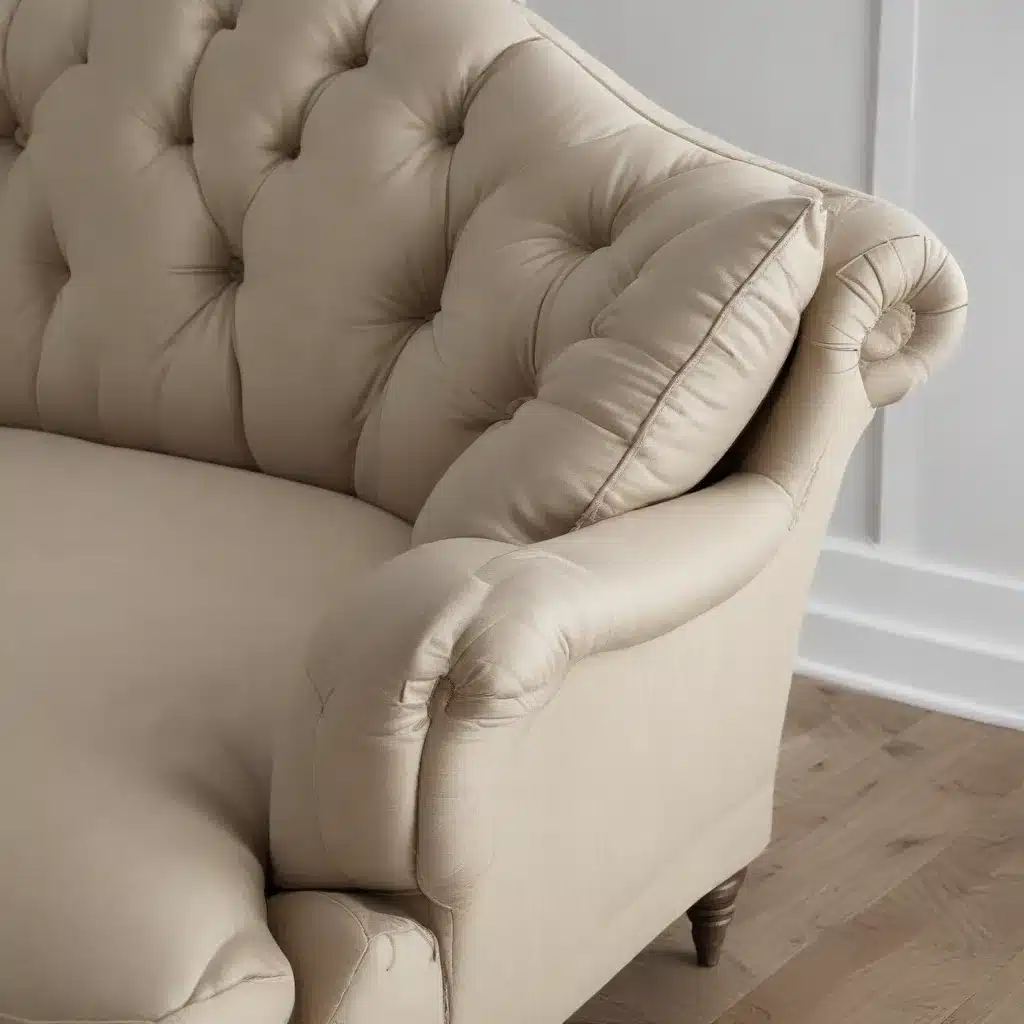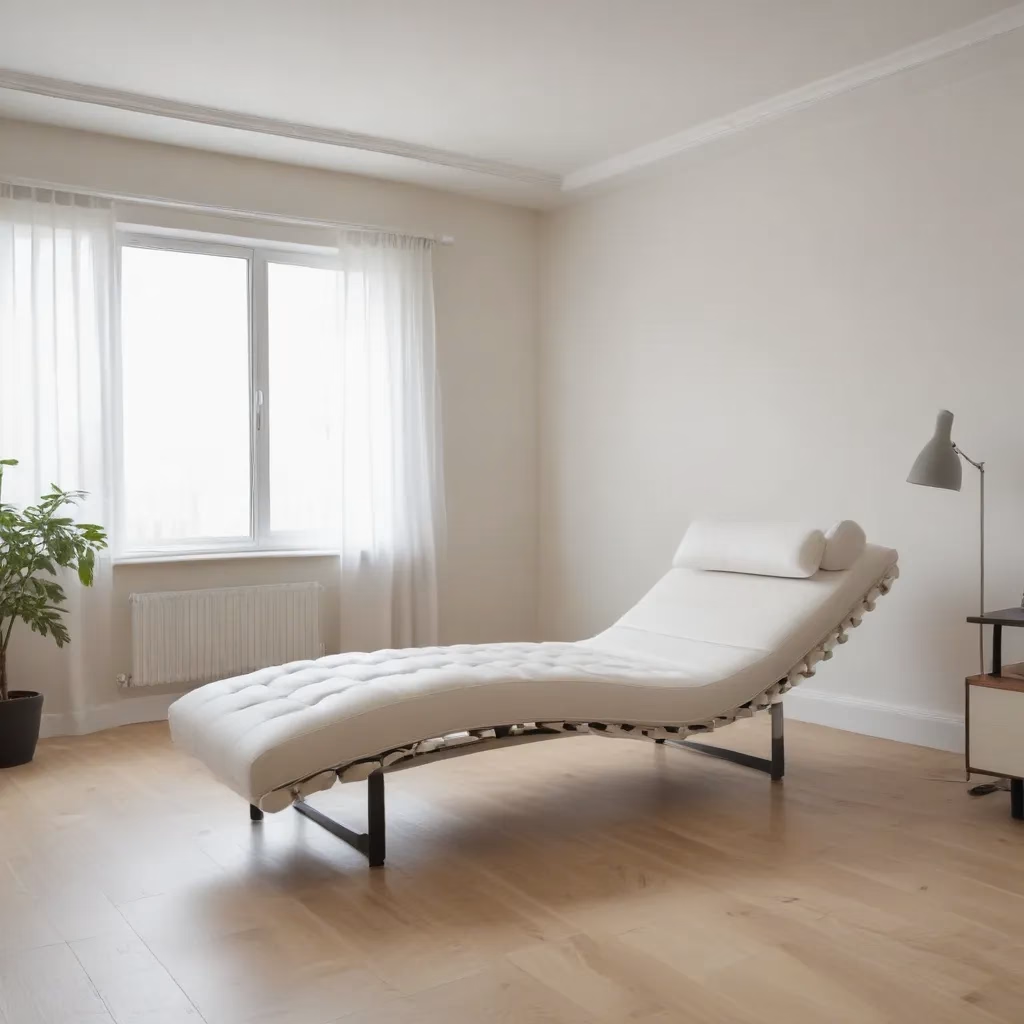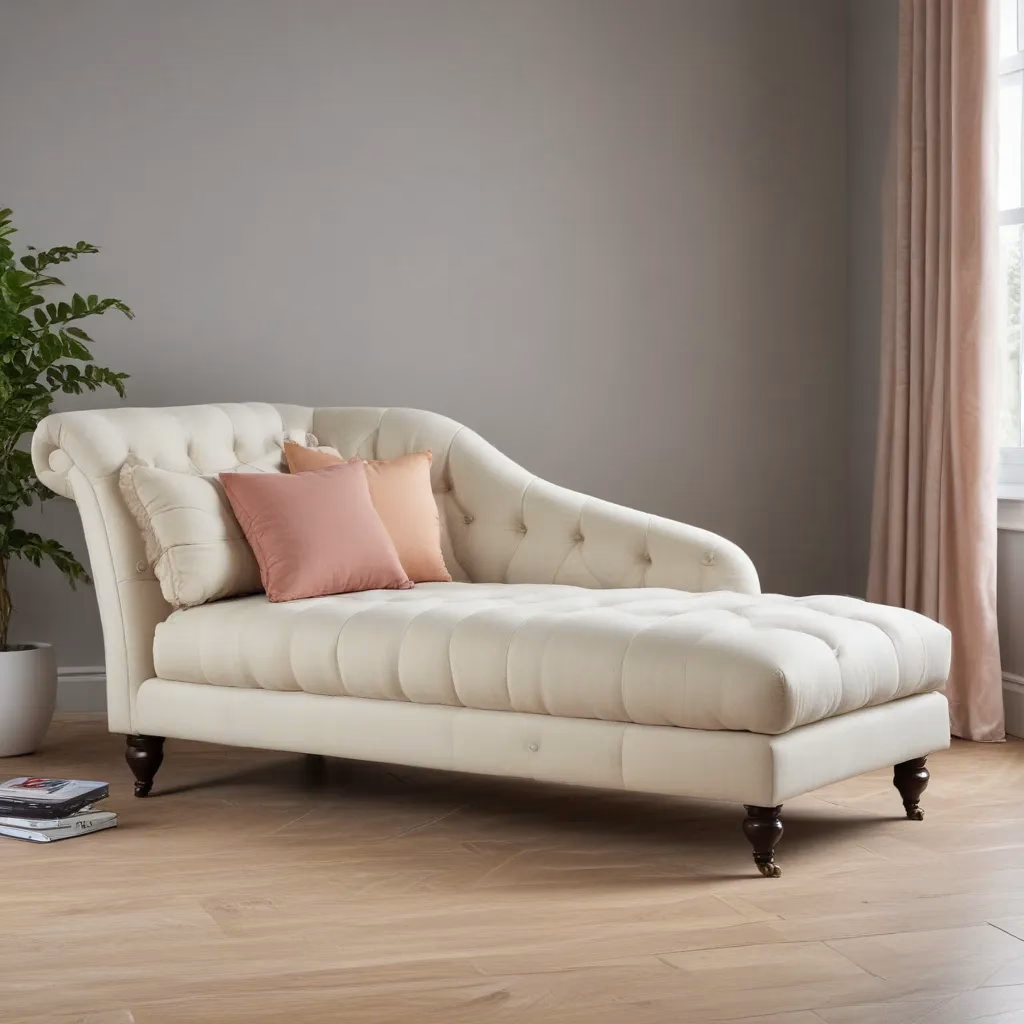
The Art of Selecting the Perfect Chaise Longue
As a furniture specialist with years of experience, I’ve seen countless homeowners struggle with selecting the ideal chaise longue for their living spaces. It’s not just about picking a piece that looks good; it’s about finding that perfect balance between aesthetics and comfort. Let me share some insights that will help you make an informed decision.
When it comes to chaise longues, texture plays a crucial role in both the visual appeal and the tactile experience. I’ve run my hands over countless fabrics, and I can tell you that the right texture can transform a simple piece of furniture into a luxurious haven.
One of the first things I consider when advising clients is the overall style of their room. Are we looking at a modern, minimalist space or a more traditional, cozy setting? This initial assessment helps narrow down the textures that will complement the existing decor. For instance, in a contemporary setting, I might recommend a sleek, tightly woven fabric with a subtle sheen. On the other hand, a rustic or bohemian-inspired room could benefit from a chunkier, more textured material that adds depth and interest.
Exploring Fabric Options for Ultimate Comfort
Now, let’s talk about some specific fabric options that I’ve found to be particularly successful for chaise longues. One of my all-time favorites is a high-quality velvet. The plush, soft texture of velvet invites you to sink in and relax. It’s perfect for creating a luxurious focal point in any room.
Another excellent choice is bouclé fabric. This textured material has a looped, nubby surface that adds visual interest and a cozy feel. I’ve noticed that bouclé has been gaining popularity in recent years, and for good reason. It’s not only comfortable but also quite durable, making it an excellent choice for homes with children or pets.
For those who prefer a more natural look, linen is a fantastic option. It has a beautiful, organic texture that gets softer with age. Linen also has the advantage of being breathable, which is perfect for warmer climates or for those who tend to run hot.
The Impact of Texture on Comfort and Style
Let’s delve deeper into how texture affects both the comfort and style of your chaise longue. In my experience, the texture of a fabric can dramatically alter the perception of comfort before you even sit down. A smooth, cool leather might look inviting in a sleek, modern space, while a chunky knit throw draped over a linen-upholstered chaise can create an irresistible nook in a cozy corner.
I often encourage my clients to think about the sensory experience they want to create. Do you want your chaise longue to be a place where you can curl up with a good book? In that case, a soft, plush texture might be ideal. Or perhaps you’re looking for something more formal for an occasional seating area? Then a crisper, more structured fabric could be the way to go.
It’s also worth considering how different textures interact with light. I’ve seen how a richly textured fabric can create beautiful shadows and highlights, adding depth to a room. On the other hand, a smoother texture might reflect light in a way that brightens up a darker space.
Maintenance and Durability Considerations
While we’re on the topic of fabrics, let’s not forget about maintenance and durability. These are crucial factors that I always discuss with my clients. After all, a chaise longue is an investment, and you want it to look good for years to come.
In my experience, synthetic blends often offer the best balance of comfort and durability. They can mimic the look and feel of natural fibers while offering superior stain resistance and easy cleaning. For example, a polyester-linen blend can give you the lovely texture of linen with added durability.
For homes with pets or young children, I often recommend performance fabrics. These are designed to withstand heavy use and are often stain-resistant and easy to clean. Don’t worry – these aren’t the stiff, uncomfortable fabrics of the past. Modern performance fabrics can be incredibly soft and luxurious.
Remember, regular maintenance is key to keeping your chaise longue looking its best. I always advise my clients to vacuum their upholstered furniture regularly and to address spills immediately. For more specific care instructions, it’s best to consult with the manufacturer or a professional upholstery cleaner.
Choosing Colors and Patterns to Complement Textures
When it comes to selecting colors and patterns for your chaise longue, texture plays a significant role. I’ve found that certain textures lend themselves better to particular color schemes or patterns.
For instance, velvet tends to look particularly striking in jewel tones like deep emerald green or rich sapphire blue. The way light plays off the pile of the velvet enhances these saturated colors, creating a truly luxurious look.
On the other hand, linen and other natural fibers often look best in more muted, earthy tones. Think warm beiges, soft greys, or gentle blues. These colors complement the organic texture of the fabric and create a calming, natural atmosphere.
When it comes to patterns, I always consider the scale of the texture. A fabric with a pronounced texture, like a chunky weave or a high-pile velvet, often looks best in solid colors or subtle patterns. The texture itself provides enough visual interest without the need for bold prints.
For smoother fabrics, you have more flexibility with patterns. I’ve seen beautiful chaise longues upholstered in everything from delicate florals to bold geometrics. The key is to ensure that the pattern complements the overall style of your room.
The Role of Accessories in Enhancing Texture
Let’s not forget about the power of accessories in enhancing the texture of your chaise longue. I always tell my clients that the right throw pillows and blankets can take their seating to the next level of comfort and style.
Mixing textures is a great way to add depth and interest to your chaise longue. For example, if you have a smooth leather chaise, adding a chunky knit throw and some velvet pillows can create a beautiful contrast of textures.
I also love using faux fur or sheepskin throws on chaise longues. They add an instant touch of luxury and warmth. Plus, they’re great for snuggling up on chilly evenings!
Remember, accessories are also a great way to change up the look of your chaise longue seasonally. In the summer, you might opt for light, airy linen pillows, while in the winter, you could switch to plush velvet or cozy wool.
Innovative Textures in Modern Furniture Design
As someone who’s been in the furniture industry for years, I’ve seen some exciting innovations in textures for chaise longues and other seating. Manufacturers are constantly developing new materials and finishes that offer unique tactile experiences.
One trend I’m particularly excited about is the use of recycled materials to create new textures. For example, some companies are using recycled plastic bottles to create soft, durable fabrics for upholstery. These eco-friendly options often have a unique texture that sets them apart from traditional fabrics.
Another innovation I’ve noticed is the development of ‘smart’ fabrics. These high-tech materials can do everything from regulating temperature to resisting stains. While they might look and feel like traditional upholstery fabrics, they offer superior performance and longevity.
3D-printed textiles are also making waves in the furniture industry. These fabrics can be designed with intricate patterns and textures that would be difficult or impossible to achieve with traditional weaving methods. While they’re still relatively rare in home furnishings, I expect to see more of these innovative textures in the coming years.
The Psychology of Texture in Interior Design
As a furniture specialist, I’ve always been fascinated by the psychological impact of texture in interior design. The textures we surround ourselves with can have a profound effect on our mood and well-being.
Soft, plush textures like velvet or chenille tend to create a sense of comfort and relaxation. They invite touch and can make a space feel more welcoming and cozy. This is why I often recommend these textures for chaise longues in bedrooms or relaxation areas.
On the other hand, smoother textures like leather or tightly woven fabrics can create a sense of order and cleanliness. These might be more appropriate for a chaise longue in a home office or a more formal living room.
Rough or highly textured fabrics can add energy and visual interest to a space. They can make a room feel more dynamic and engaging. However, it’s important to use these textures judiciously, as too much can be overwhelming.
I always encourage my clients to think about the emotional response they want to evoke in a room. Do you want it to feel calm and soothing? Energizing and inspiring? The textures you choose for your furniture, including your chaise longue, can play a big role in creating that desired atmosphere.
Texture and Lighting: A Dynamic Duo
One aspect of texture that’s often overlooked is its interaction with lighting. As a furniture specialist, I’ve seen how dramatically different a fabric can look under various lighting conditions.
Natural light tends to highlight the texture of fabrics, bringing out their depth and dimensionality. This is why I often recommend placing a chaise longue near a window if you want to showcase a beautifully textured fabric.
Artificial lighting can also have a significant impact on how we perceive texture. Overhead lighting can create shadows that emphasize texture, while side lighting can create a softer, more diffused effect.
I always advise my clients to consider their lighting when selecting fabrics for their chaise longue. A fabric that looks beautiful in the showroom might look quite different in your home, depending on your lighting setup.
It’s also worth considering how the texture of your chaise longue fabric will look at different times of day. A fabric that looks subdued in daylight might take on a whole new character when lit by lamps in the evening.
Combining Textures: The Art of Balance
Creating a harmonious interior design often involves combining different textures. When it comes to chaise longues, I’ve found that the most successful designs often incorporate a mix of textures that complement each other.
For example, you might pair a smooth leather chaise longue with a chunky knit throw and some silk pillows. The contrast between the different textures creates visual interest and depth.
However, it’s important to strike a balance. Too many competing textures can make a space feel chaotic and uncomfortable. I usually recommend choosing one dominant texture for your chaise longue, and then adding accents in complementary textures.
Remember, texture doesn’t just apply to fabrics. The texture of your flooring, walls, and other furniture all contribute to the overall feel of your room. When selecting a texture for your chaise longue, consider how it will interact with these other elements.
For more inspiration on combining textures and creating beautiful interiors, you might want to check out Sofa Spectacular. They have a great selection of chaise longues in various textures and styles.
In conclusion, the texture of your chaise longue is about much more than just how it feels to the touch. It’s a key element in creating a comfortable, stylish, and inviting space. By considering factors like durability, maintenance, color, lighting, and overall room design, you can select a texture that will provide years of enjoyment and complement your home beautifully.



